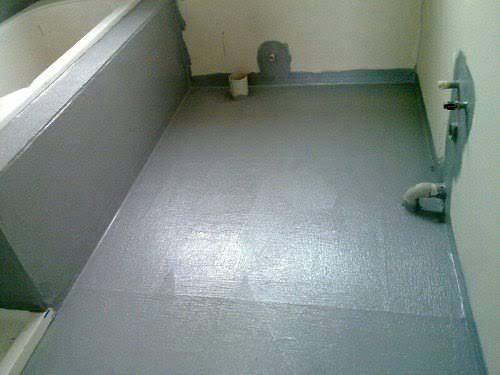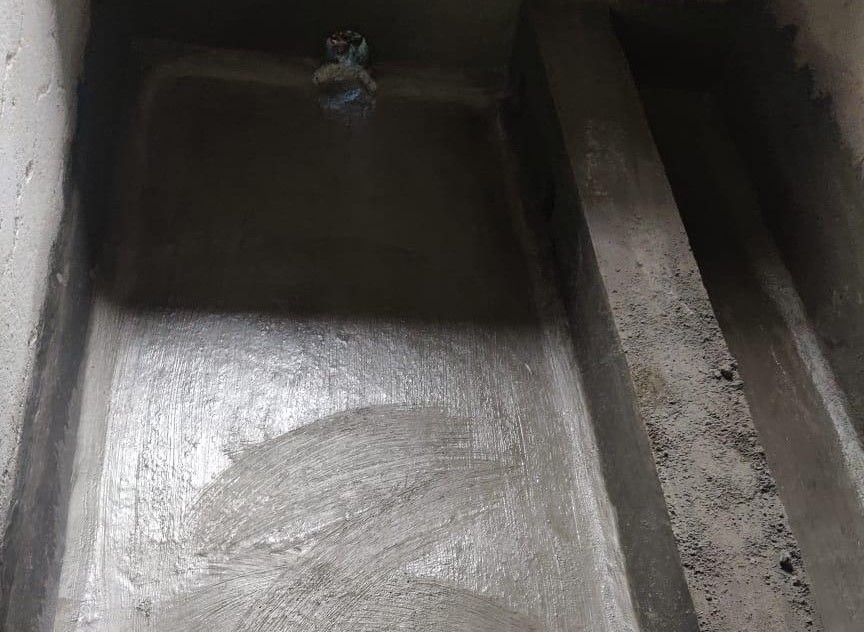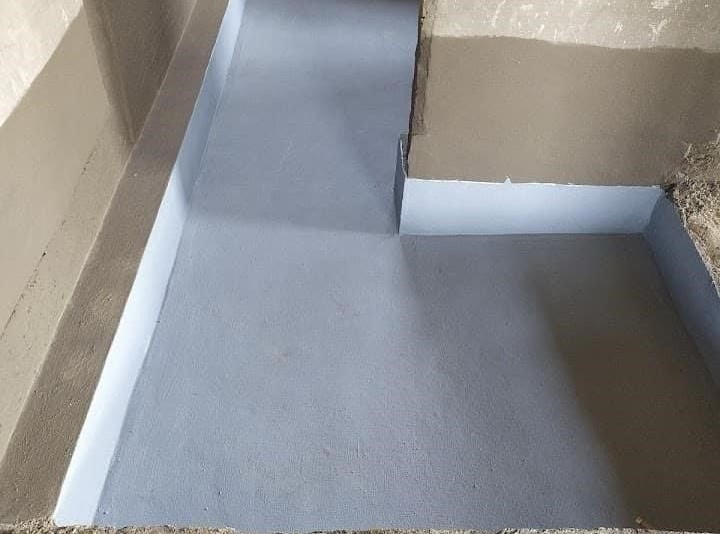
Service Details
Utility Waterproofing




Utility Waterproofing refers to the process of protecting utility structures from water damage. This is crucial to ensure the reliable and uninterrupted functioning of essential services like water supply, sewage systems, and electrical grids.
Types of Utility Waterproofing:
Cementitious Coating
A cementitious coating is applied to the surface of the utility structure to create a waterproof layer. Can be monolithic or composite. Durable, resistant to chemicals, and can be applied to various surfaces.
Injection Grouting
A waterproofing material is injected into cracks, joints, or other areas of the utility structure to seal them and prevent water infiltration. Can be chemical-based or cementitious. Effective for addressing leaks in specific areas, particularly cracks and joints.
Plaster Protection
Plastering is a construction process that involves applying a powdered material to walls and ceilings to protect and enhance them. Plaster can provide a variety of benefits, including:
Protection from damage: Plaster protects walls from physical damage, such as wear and tear, and from external elements like rain, wind, and sunlight.
Protection from moisture: Plaster can prevent water from seeping into walls and causing damage.
Cathodic Protection
This method is used to protect metal utility structures from corrosion by applying a direct current to them. Prevents corrosion, which can lead to leaks and structural damage.
Waterproofing Admixtures
Waterproofing admixtures are added to the concrete mix used to construct utility structures to improve their water resistance. Can be a cost-effective solution for new construction projects.
